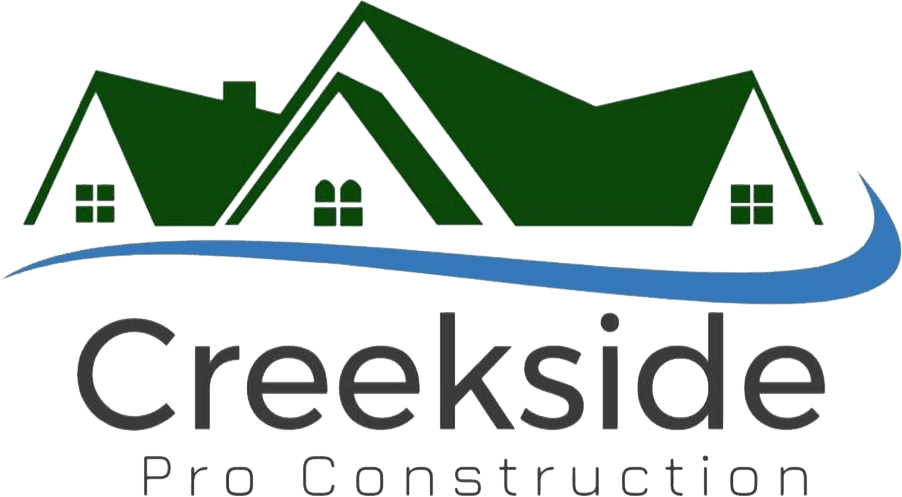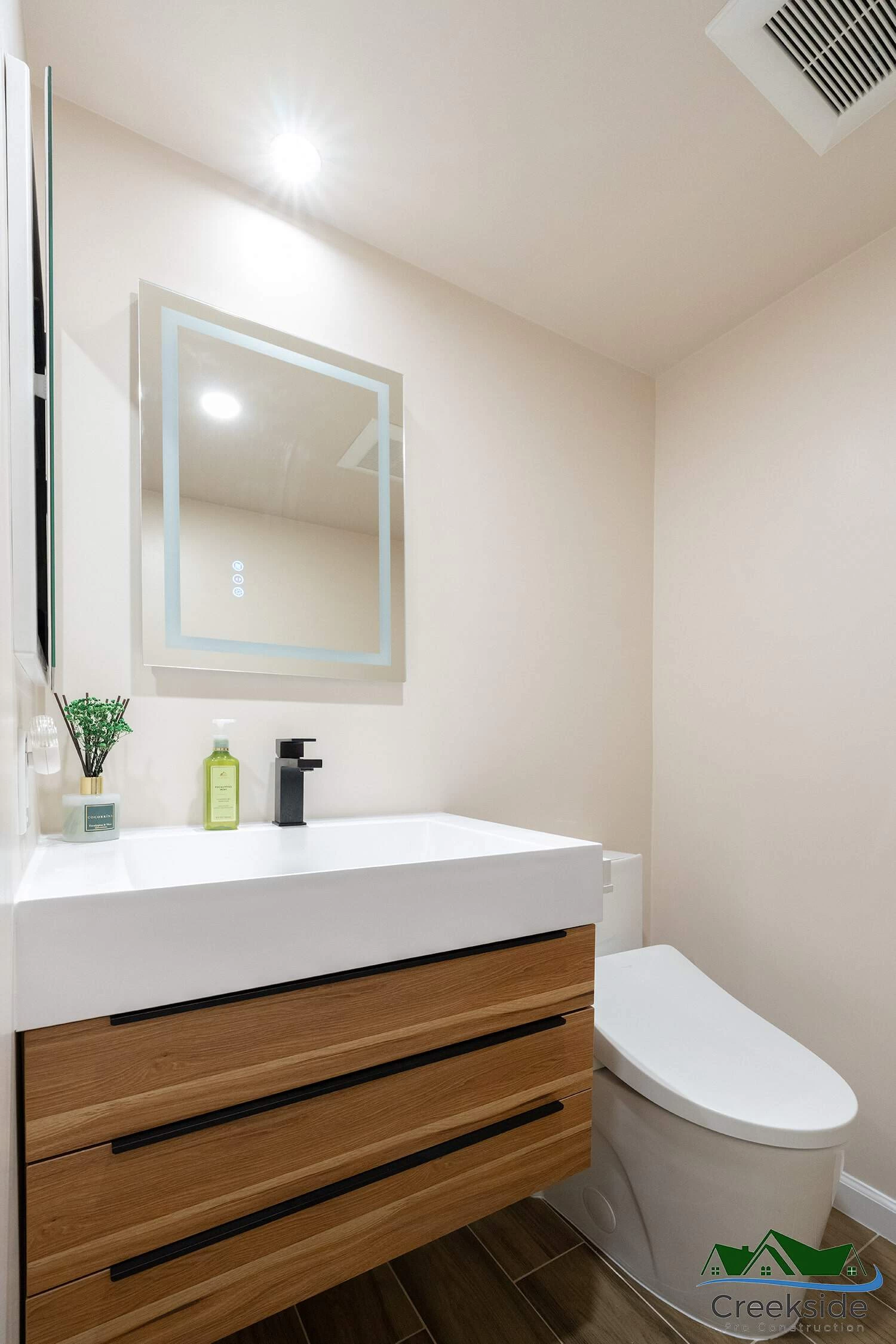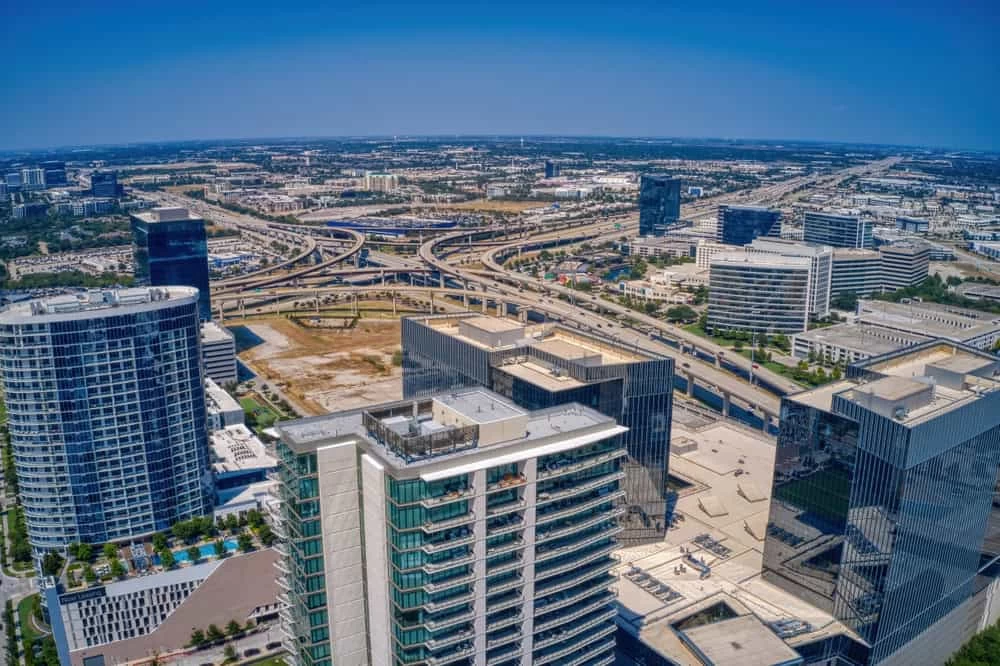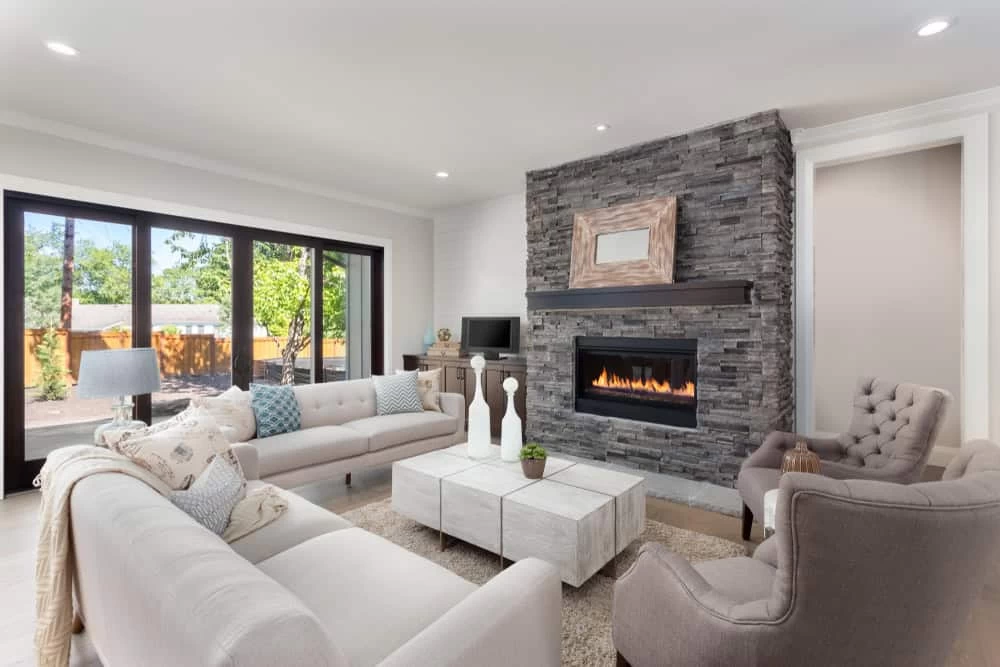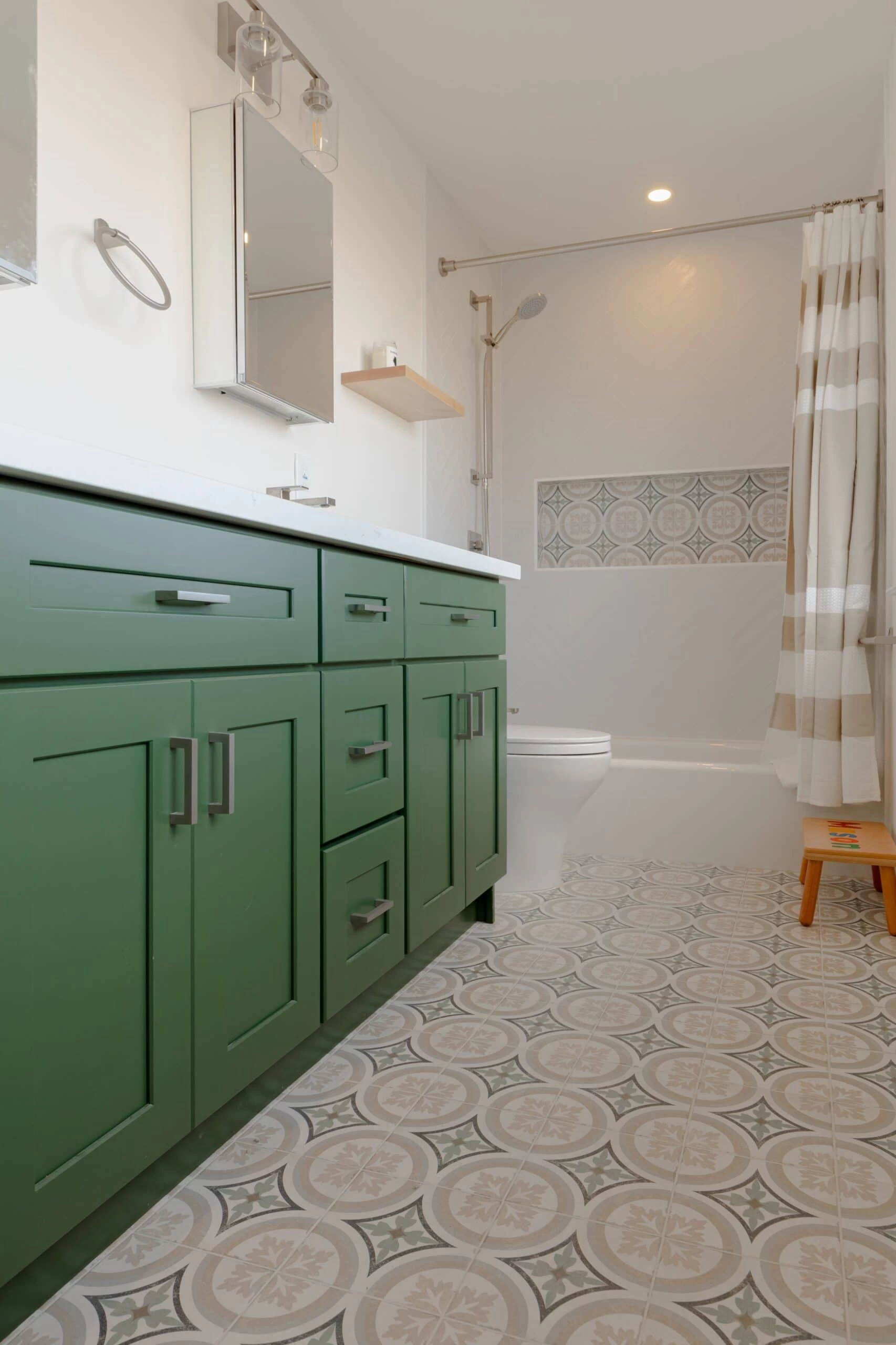Summary:
The Foundation of Your Project: Defining the Scope
Every good story needs a clear plot, and a renovation is no different. The initial step is to define exactly what you hope to achieve. Each type of project—from a kitchen remodel to a home addition—has a different set of financial considerations. For kitchens, the quality of the cabinets and the caliber of the appliances are major characters in the budget drama.
A bathroom remodel introduces its own unique narrative, with plumbing and tile choices influencing the overall cost. Basements might require a prequel, dealing with waterproofing or structural work before the fun begins. And a home addition is a saga unto itself, requiring new foundations, roofing, and the complex integration of new systems with old.
By partnering with a remodeling contractor who has a deep understanding of Contra Costa County’s specific building requirements, you can get estimates that are not just numbers, but reflections of real-world conditions. This kind of local knowledge is the bedrock of a budget that truly covers your project’s needs and avoids the pitfalls of generic, one-size-fits-all figures.
Here are some key questions to help you define your scope:Charting the Course: Setting a Realistic Budget
To create an effective budget, you must become a mapmaker of costs. This involves researching current material and labor prices that are specific to Contra Costa and Alameda Counties. Don’t just pull numbers from the internet; the local market has its own rhythms. Your budget should be an extensive map that includes all the major landmarks: materials, labor, permits, design fees, and a crucial contingency fund of 15-20% for the inevitable unexpected challenges.
Breaking down costs into categories allows you to see where you can be flexible. Many homeowners find that a savvy approach involves choosing high-quality materials for the elements that get the most attention—like a kitchen backsplash or bathroom vanity—and picking more economical options for less visible areas, creating a budget that is both balanced and beautiful.
Here’s a breakdown of the typical components to consider:Making Every Penny Count: Prioritizing Your Remodeling Needs
A renovation is not just about what you can do, but about what you should do. Strategic prioritization is the secret to focusing your budget on the elements that will have the most significant impact on both your daily life and your property’s value.
For example, during a kitchen remodel, updating outdated electrical systems to meet modern safety standards might be more important than choosing a new decorative faucet, which can always be added later.
By creating a list of “must-haves” versus “nice-to-haves,” you have a guide for your decisions, a compass for when the budget needs a course correction. This disciplined approach keeps your focus on the essentials while still allowing for a bit of creativity if costs shift along the way.
This prioritization process is a dialogue with yourself. Ask these questions:
Navigating Treacherous Waters: Avoiding Unexpected Costs
Every renovation story has its twists and turns, and unexpected costs can be a villain. But with proper planning, many of these surprises can be defused before they become a problem. The first step is to do a thorough inspection of your home’s current condition.
In older Alameda County homes, for instance, you might find outdated wiring, plumbing issues, or structural concerns hiding behind the walls. Address these fundamental problems before you spend a single dollar on cosmetic changes.
Partnering with a general contractor who maintains transparent communication about potential complications is invaluable. Ask for detailed, itemized estimates so you can see exactly where every dollar is going. This kind of transparency helps you spot where costs might spiral.
Additionally, doing your homework on local permit requirements and building codes for your area can prevent costly corrections or delays. It’s the difference between a smooth journey and a shipwreck.
Choosing Your Guide: The Right Contractor for the Job
The captain of your ship, the one who will guide you through this journey, is your general contractor. Choosing the right one is one of the most important decisions you will make. Look for professionals who have specific experience with your project type—kitchen remodels require a different set of skills than home additions. Ask for references from past clients in Contra Costa County with similar projects and actually call them. Review their portfolio to gauge the quality and consistency of their work. A great remodeling contractor gives you a detailed written estimate, keeps the lines of communication open, and offers solutions when challenges inevitably arise. This person is more than a service provider; they are a partner who helps you maximize value while respecting your budget, guaranteeing the story of your home renovation has a satisfying ending.
The Story of Money: Exploring Financing Options
How you finance your project is an essential part of its financial narrative. The options are varied, each with its own pros and cons. Home equity loans or lines of credit (HELOCs) often have lower interest rates because they’re secured by your property. For major projects like home additions, a construction loan is a good fit. Personal loans can offer quick funding but often come with higher interest rates. Some contractors may even offer their own financing options with specific terms.
Whatever path you choose, make sure to include the cost of financing—the interest and any fees—into your total budget. It’s an essential part of the project’s final cost. You might consider consulting with a financial advisor to see which option fits your long-term financial goals and your immediate renovation needs.
The Final Chapter: Finalizing Your Home Remodel Budget
Creating a workable budget for a home renovation in Contra Costa or Alameda County is a careful balancing act between grand aspirations and financial reality. By clearly defining your project scope, researching local costs, prioritizing what matters most, planning for the unexpected, choosing the right professionals, and finding the right financing, you are setting yourself up for success. Remember, the time you spend on quality planning at the start is an investment that will pay dividends throughout the project. When you’re ready to move forward with your kitchen remodel, bathroom upgrade, basement transformation, or home addition, contact us. We’re here to help you write the next chapter of your home’s story, turning your vision into a reality while respecting your financial parameters.
